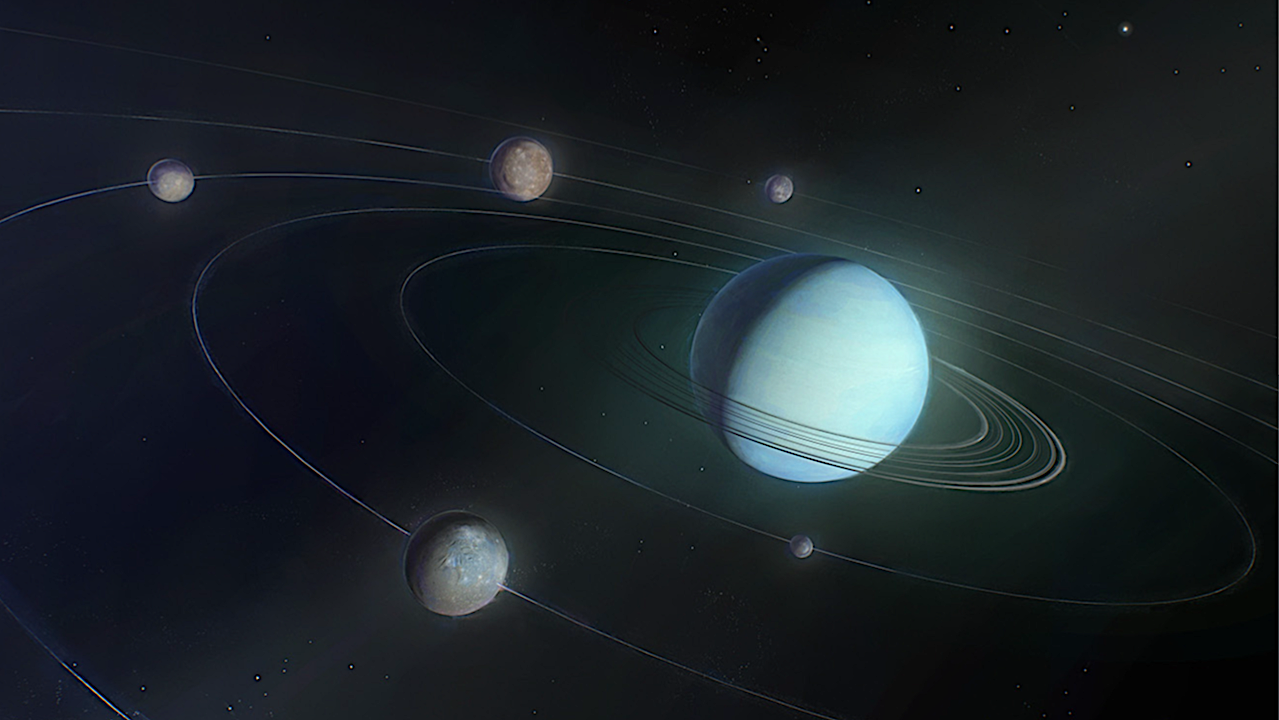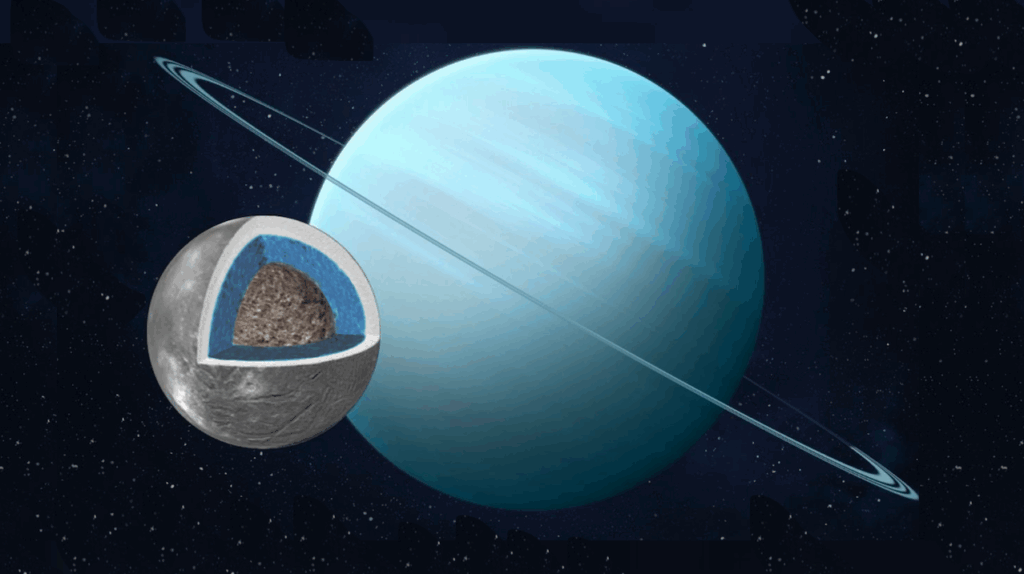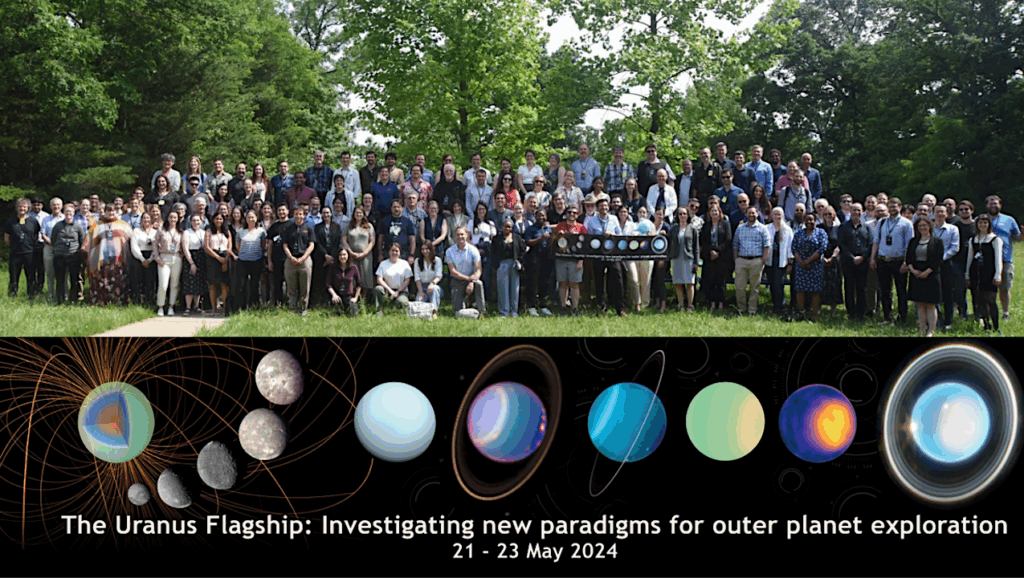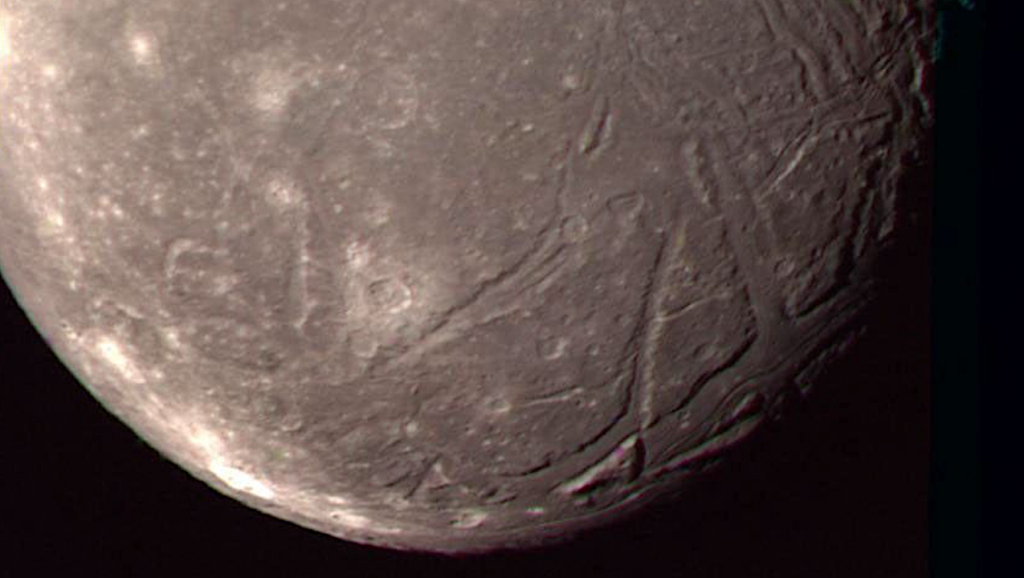The Astrobiological Potential of the Uranian Moon System

The 2023-2032 Planetary Science and Astrobiology Decadal Survey prioritized the Uranus Orbiter and Probe (UOP) mission concept as the next priority flagship mission. The UOP concept includes scientific studies of the Uranian moon system.
Although the Uranian moons differ greatly from the ocean worlds in the Jovian and Saturnian systems, the emerging hypothesis is that some of them could at least sustain thin, potentially concentrated, oceans.
Herein, we make a case that these moons are important and interesting targets of astrobiological research. Studying these worlds would provide critical astrobiological data related to their habitability, including origin, evolution, and potential death, as well as the formation and evolution of ocean worlds more broadly.
There is a strong need for research that connects astrobiology to modeling and experimentation to better characterize the possible conditions of these worlds, and this will be critical in formulating and maximizing the potential science that could be done by a Uranus flagship mission.
Jessica M Weber, Erin J Leonard
The Astrobiological Potential of the Uranian Moon System, Astrobiology via PubMed
Astrobiology,








